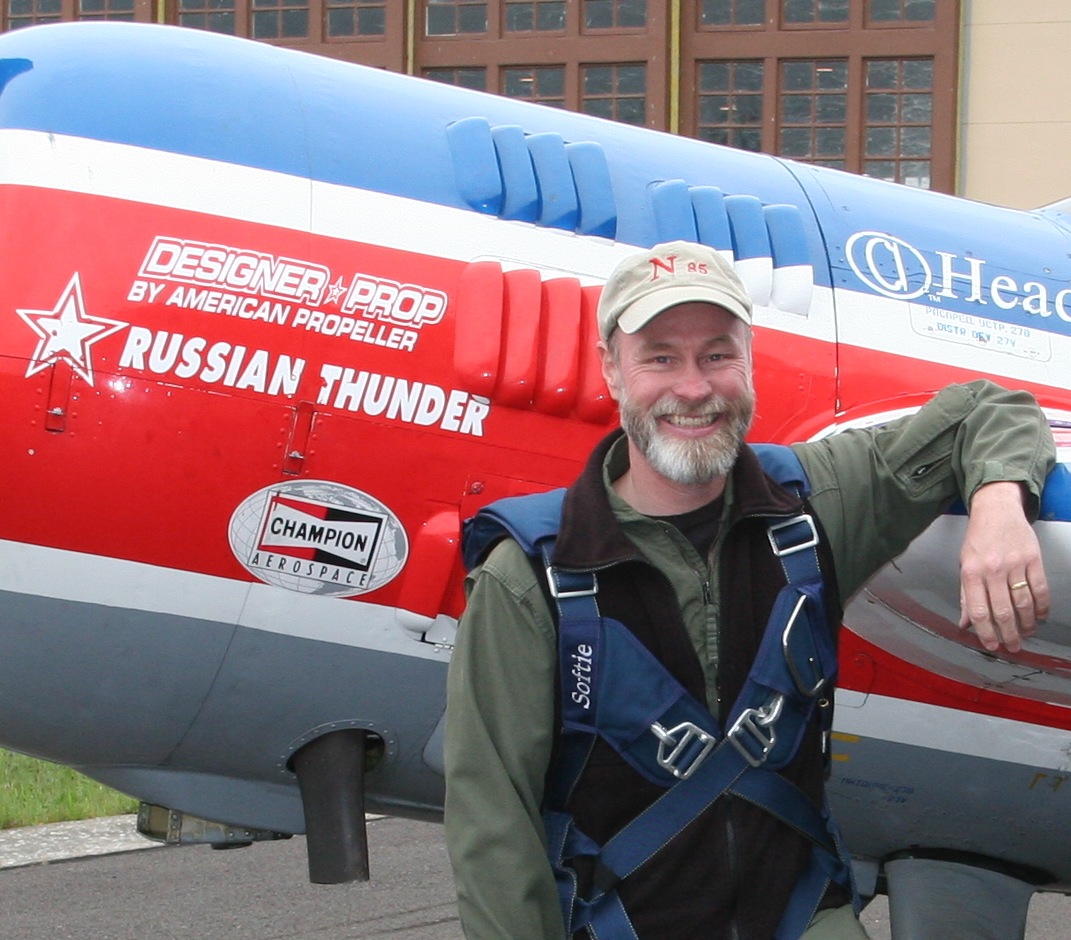 This is one in a series of posts by special guest authors about SAFE’s new CFI-PROficiency Initiative™ (aka SAFE CFI-PRO™). The goal of the initiative is to make good aviation educators great!
This is one in a series of posts by special guest authors about SAFE’s new CFI-PROficiency Initiative™ (aka SAFE CFI-PRO™). The goal of the initiative is to make good aviation educators great!
Aviators, airmen, aviatrices—a few of the other words used to describe pilots. Yet none of these words reflect what we really do. Ultimately, pilots are angle of attack managers. Let’s have another look at AOA.
As David St. George notes in “Invisible Angle of Attack,” AOA is the difference between where the airplane is pointing and where it is going. Wolfgang Langewiesche describes the importance of AOA thus:
“If you had only 2 hours in which to explain the airplane to a student pilot, [AOA] is what you would have to explain. It is almost literally all there is to flight. It explains all about the climb, the glide, and level flight; much about the turn; practically all about the ordinary stall, the power stall, the spin. It takes the puzzlement out of such maneuvers as the nose-high power approach; it is the story of the landing.”
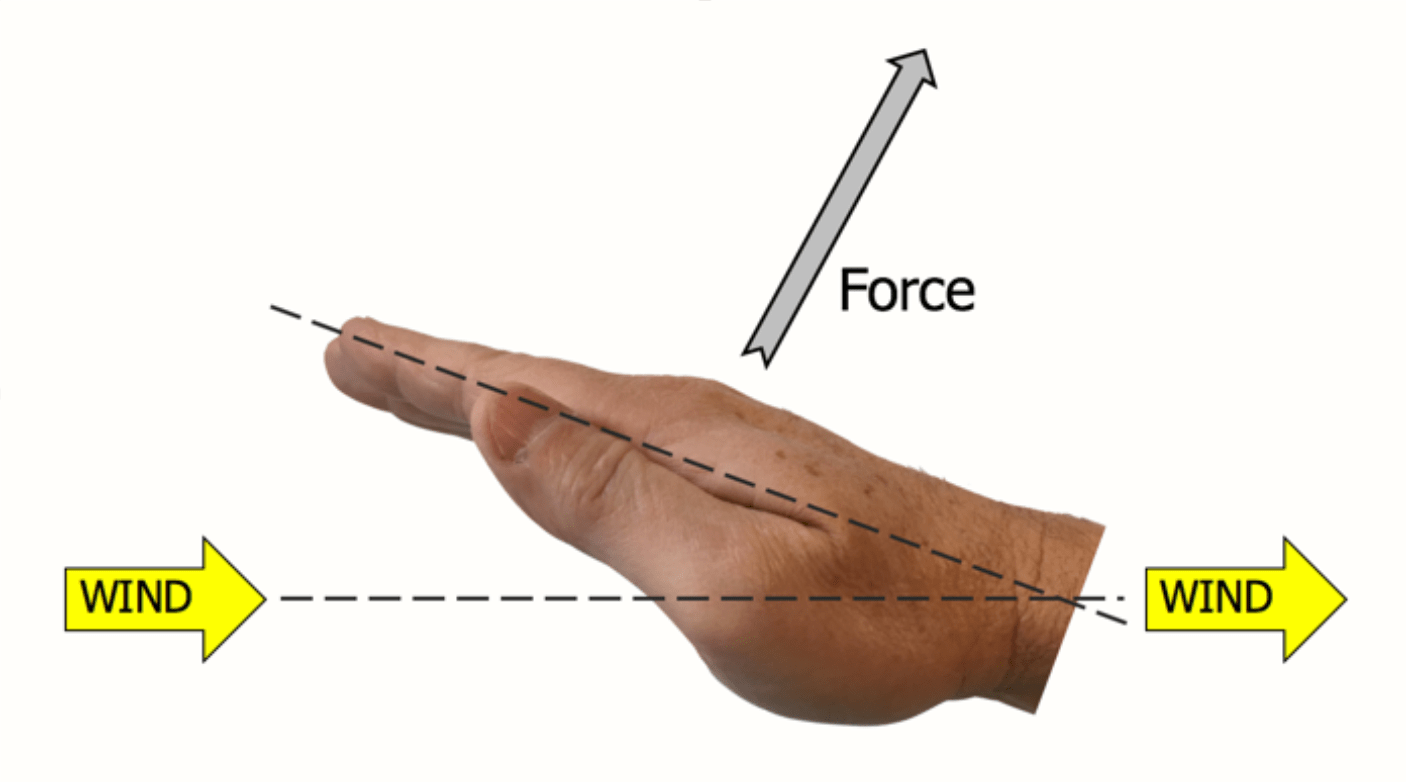 AOA implies two things: wind and an object around which the wind is flowing. Most everyone has played with AOA before. Remember sticking your hand out of the car window when you were a kid? What happened when you tilted your hand into the oncoming wind? “It went up!” is the common response. Reflect more deeply on the experience, however, and you’ll notice that your hand actually moved upward and backward. If we want to get technical about it, we could call the “up” part Lift and the “back” part Drag.
AOA implies two things: wind and an object around which the wind is flowing. Most everyone has played with AOA before. Remember sticking your hand out of the car window when you were a kid? What happened when you tilted your hand into the oncoming wind? “It went up!” is the common response. Reflect more deeply on the experience, however, and you’ll notice that your hand actually moved upward and backward. If we want to get technical about it, we could call the “up” part Lift and the “back” part Drag.
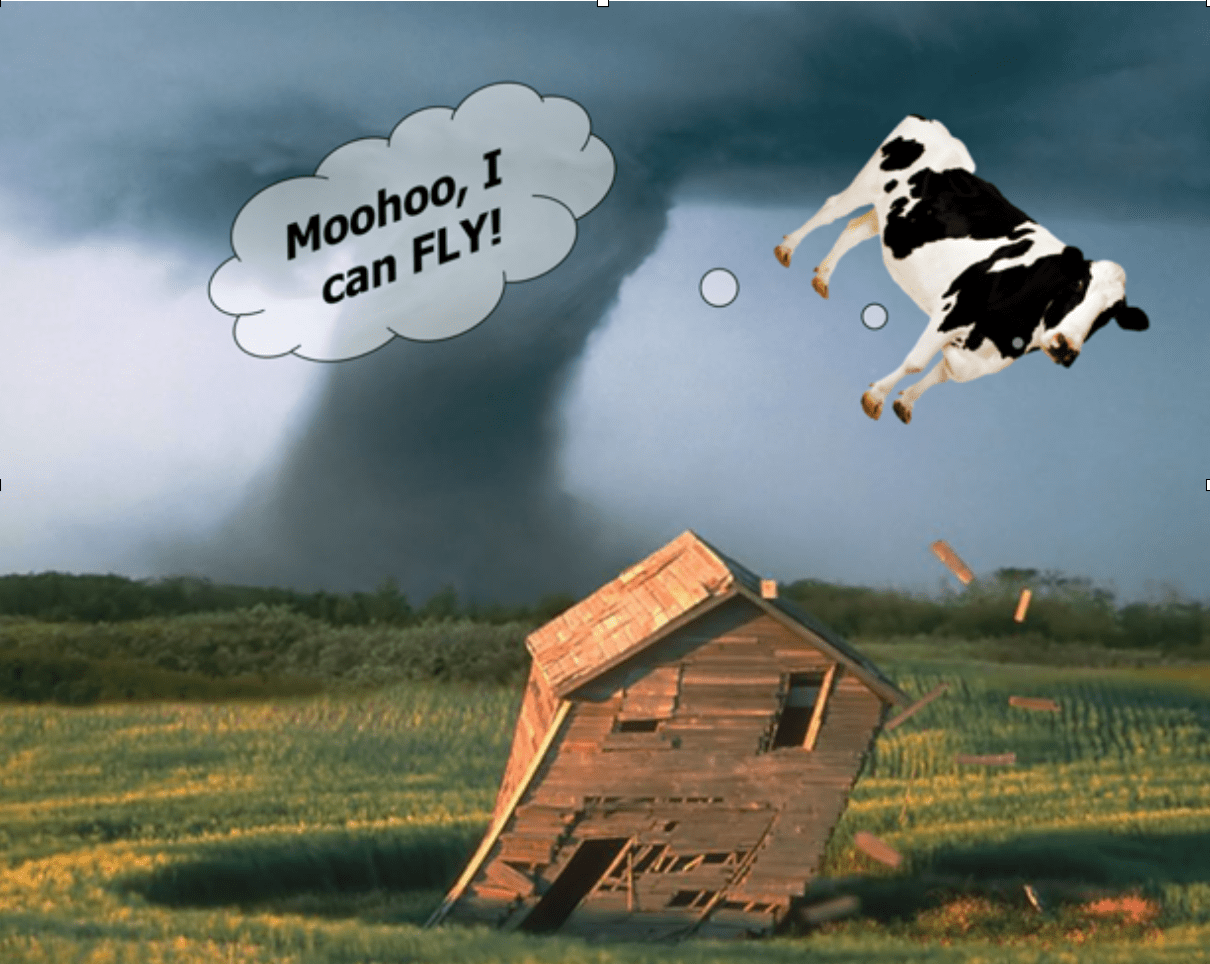 We’ve all seen examples of unusual things being forced to fly, too. For example, tornado-strength winds can cause even the most reluctant Holstein to go airborne.
We’ve all seen examples of unusual things being forced to fly, too. For example, tornado-strength winds can cause even the most reluctant Holstein to go airborne.
A high velocity jet of air precisely aimed at a Snap-on screwdriver can cause it to hover (courtesy of SAFE member Shane Vande Voort—please don’t try this at home!).
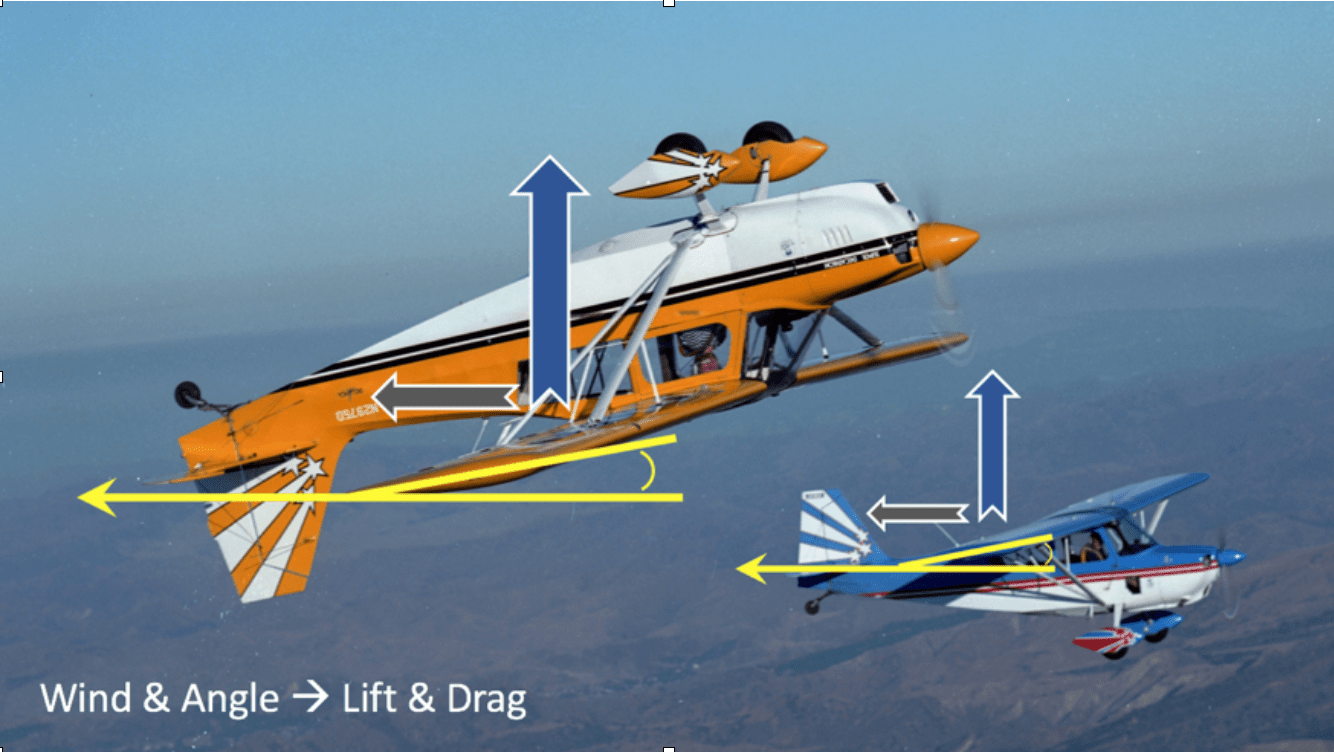 And though we might describe a wing as having a “top” and a “bottom,” Lift- and Drag-producing AOAs are possible on either side.
And though we might describe a wing as having a “top” and a “bottom,” Lift- and Drag-producing AOAs are possible on either side.
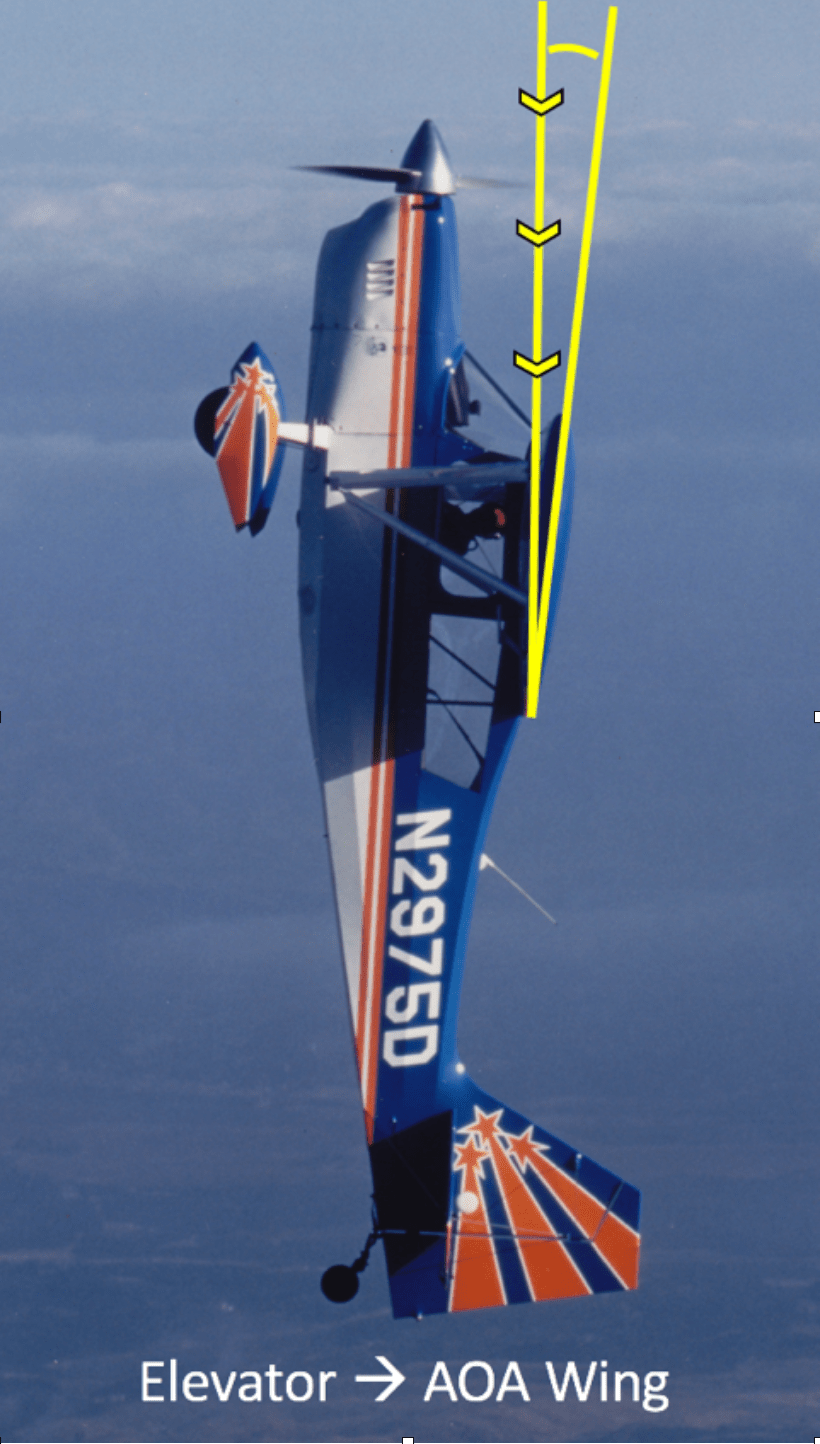 AOA is discussed primarily in the context of the airplane’s main wing. But at the correlation level of learning, we see the entire airplane as an assembly of wings all of which are subject to the principles of AOA. The propeller, for instance, is a rotating wing. Main and jury struts are often symmetrical wings streamlined to minimize drag. “Aileron” is French for “little wing.” And our primary flight controls are AOA controls. The elevator controls the AOA of the main wing (aka pitch control).
AOA is discussed primarily in the context of the airplane’s main wing. But at the correlation level of learning, we see the entire airplane as an assembly of wings all of which are subject to the principles of AOA. The propeller, for instance, is a rotating wing. Main and jury struts are often symmetrical wings streamlined to minimize drag. “Aileron” is French for “little wing.” And our primary flight controls are AOA controls. The elevator controls the AOA of the main wing (aka pitch control).
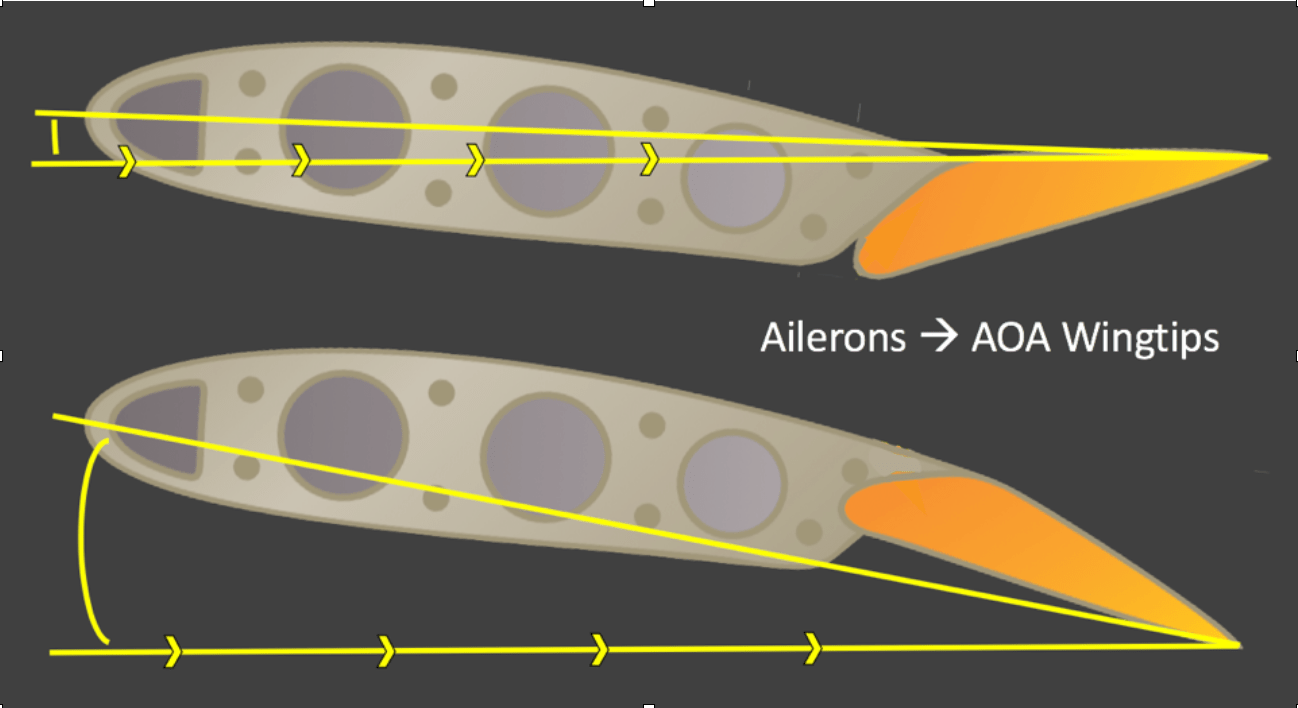
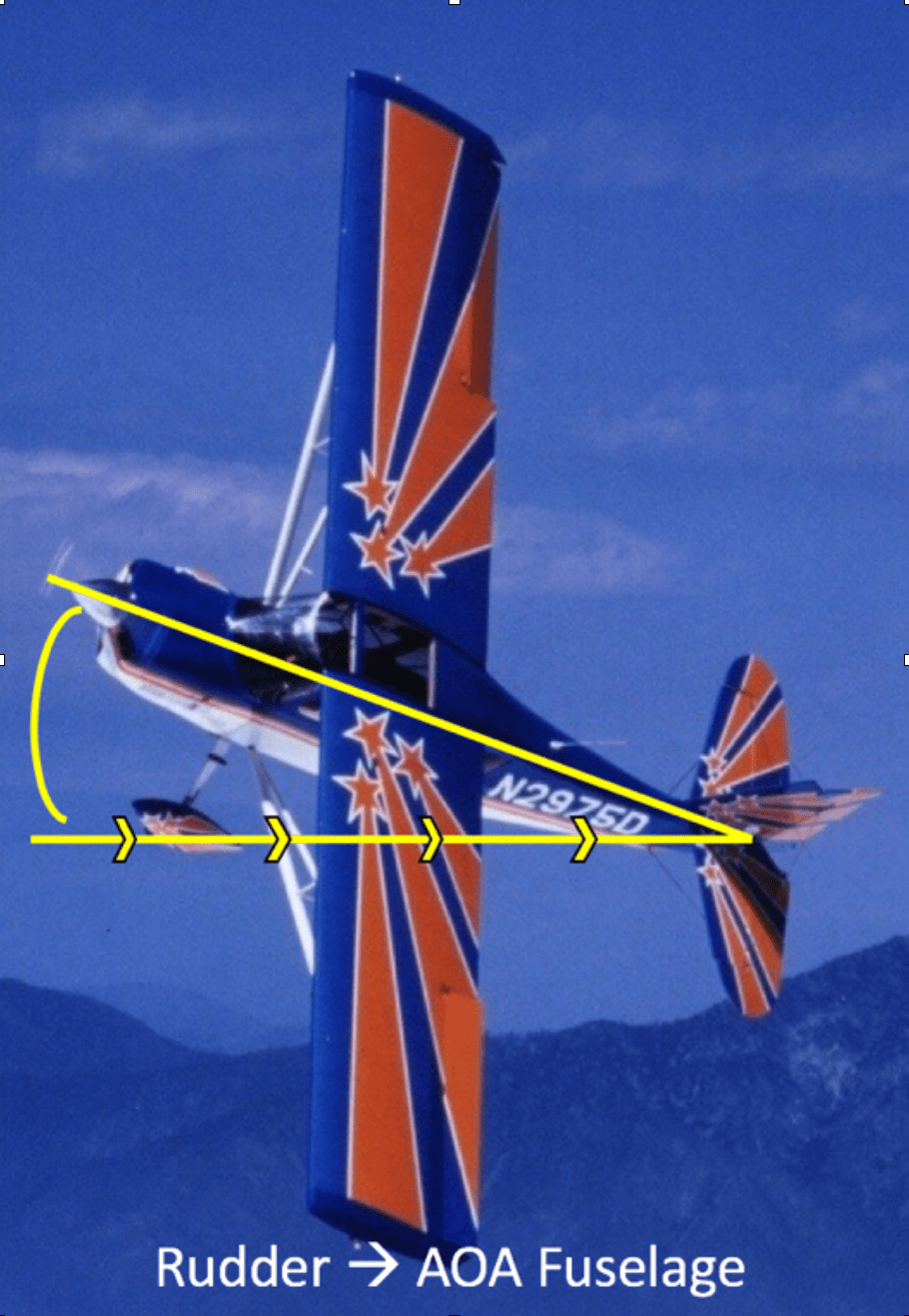
Our job as instructors is to teach our trainees how to manage these AOAs to achieve desired performance outcomes. Although AOA itself may be invisible, changes in AOA can be sensed and its trend interpreted. In the visual flight environment, this means coupling aeronautical knowledge with sight, sound, and feel to manage our controllable AOAs.
Before we climb into the airplane, for example, we know that the combination of a high power setting and a slow airspeed during the takeoff phase will yaw the airplane. But we want coordinated flight during this particular takeoff. That will require a certain amount of rudder to manage the AOA of the fuselage to cancel the yaw. What does yawed flight look like during takeoff? What does it sound like? What does it feel like? What does it look and feel like if we try to use aileron to correct for the yaw instead of rudder? All of these questions can be explored in the practice area without staring at the slip/skid ball. The lessons learned can be applied during subsequent takeoffs.
Whether it’s pitch, roll, or yaw, changes in AOA manifest as changes in one or more of the following: attitude, G-load, control pressure, control displacement, and often sound. In the case of elevator inputs, add airspeed to the list of cues.
For fun, test your understanding of AOA with the following thought experiments. Imagine you are at an airshow watching a competent aerobatic pilot fly a capable aerobatic airplane.
1. The airplane makes a knife-edge pass from your right to your left at precisely 90 degrees angle of bank.
a. Where is the nose of the airplane pointing relative to its flightpath, and how is the pilot making that happen?
b. What is the pilot doing with the elevator to make the airplane fly down the runway?
c. What is the AOA of the main wing?
d. What is the pilot feeling?
2. The airplane climbs along a perfect vertical line.
a. In order to remain on the upline before pivoting in a Hammerhead, what is the pilot doing with the elevator?
b. Ultimately, what is the AOA of the main wing during the upline?
Want to learn more ways to push learning to the correlation level? Attend SAFE’s inaugural CFI-PRO™ workshop in Frederick, MD on October 2–3, 2019!
 Join SAFE to support our safety mission of generating aviation excellence in teaching and flying. Our amazing member benefits pay back your contribution (1/3 off your ForeFlight subscription)! Our FREE SAFE Toolkit App puts required pilot endorsements and experience requirements right on your smartphone and facilitate CFI+DPE teamwork. Our CFI insurance was developed specifically for CFI professionals (and is the best value in the business).
Join SAFE to support our safety mission of generating aviation excellence in teaching and flying. Our amazing member benefits pay back your contribution (1/3 off your ForeFlight subscription)! Our FREE SAFE Toolkit App puts required pilot endorsements and experience requirements right on your smartphone and facilitate CFI+DPE teamwork. Our CFI insurance was developed specifically for CFI professionals (and is the best value in the business).
